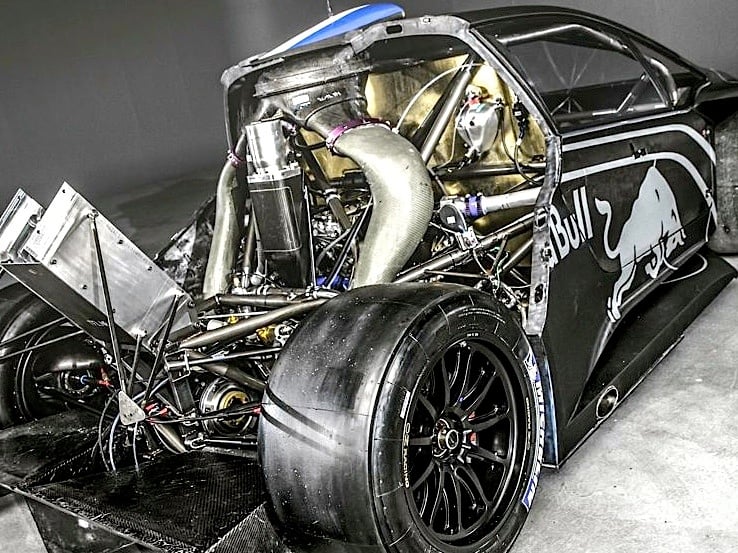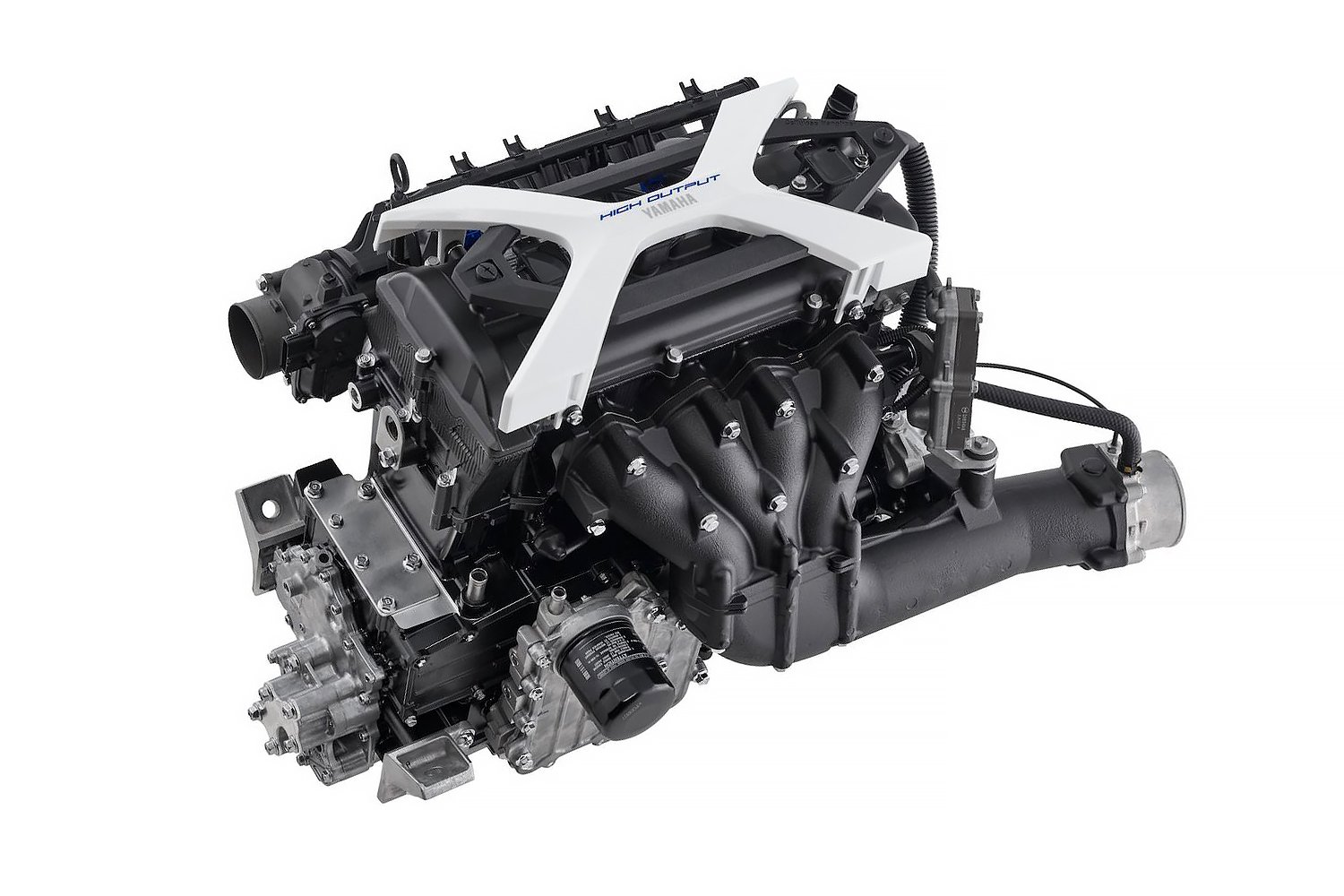 In today’s racing climate, there are few opportunities that truly pit a variety of open-competition engines against each other. Landspeed racing is one. The new Ultra 4 class in off-road racing has no engine rules. And there’s also the Unlimited Class at the Pikes Peak Hill Climb.
In today’s racing climate, there are few opportunities that truly pit a variety of open-competition engines against each other. Landspeed racing is one. The new Ultra 4 class in off-road racing has no engine rules. And there’s also the Unlimited Class at the Pikes Peak Hill Climb.
This year’s event, which is set for June 30, is building considerable anticipation with the entry of the Red Bull Peugeot 208 T16. Aside from looking like an unmitigated menace to society with its angry face and wicked stance, the Peugeot will be driven by 9-time world rally champ Sebastian Loeb.
So, with no rules holding them back — what engine did the team choose to power such an imposing racecar?
It’s a twin-turbo 3.2-liter DOHC V6 based on the Peugeot ES family of engines. Peugeot Sport isn’t releasing many details, but we know the racing version of this engine was first developed by the respected engineering firm of Sodemo Motors for the Pescarolo Courage LMP1 endurance car in 2000. At that time, officials offered a 650-horsepower rating. Today, Peugeot says the engine is pumping out 875 horsepower at 7,800 rpm with peak torque of 651 lb-ft.
With an increase of 200-plus horsepower in 13 years from the same displacement, it’s obvious Peugeot is working with higher boost levels and more sophisticated fuel delivery. However, dyno horsepower doesn’t always carry swagger on the mountain. Engine builders have to tune for a 9,390-foot altitude at the starting line and 14,110 feet at the checkered flag. Controlling boost for optimum power is critical as engineers estimate that a naturally aspirated engine loses about 30 percent of power going up the hill.
The car weighs just 875 kilos, or 1,929 pounds, so the power-to-weight ratio is quite attractive. The chassis is the based on the Peugeot 908 prototype, including the massive rear wing, and the engine is mid-mounted. Just think of a modern day Group B car. Should be quite a thrill going up the mountain!






















